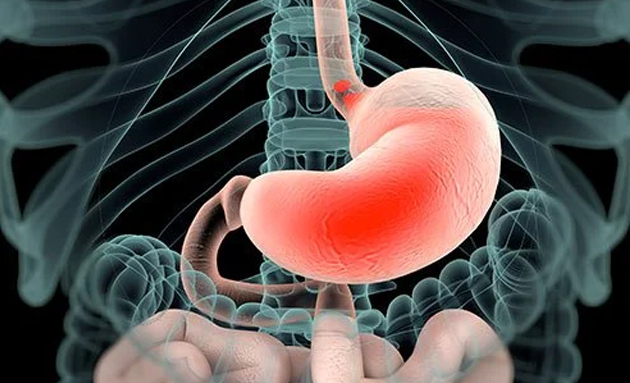Esophageal Manometry
What is esophageal manometry?
Esophageal manometry is a medical diagnostic test that is done to gauge the efficient functioning of the esophagus. Esophagus is the muscular long tube connecting the throat with the stomach. Its function is to contract and push the food into the stomach. This test measures the coordination and force of these contractions by the esophageal muscles. It is done by inserting a thin flexible tube with special pressure sensors into the stomach by passing it through the nose and esophagus. Esophageal manometry helps in diagnosing many uncommon disorders that affects only the esophagus.
Why is this test Done?
Esophageal manometry is done when your doctor has suspicions regarding you having an esophageal disorder. This test provides the required information about the pressure, speed, pattern and effectiveness of the esophageal muscle contractions. It is mainly used to diagnose the following problems:
- Diffused Esophageal Spasm: This is a rare swallowing condition caused due to poor and forceful muscle contractions of esophagus.
- Achalasia: This condition happens when the lower sphincter muscle of your esophagus does no relax properly causing regurgitation of food back into the throat and pain in swallowing.
- Scleroderma: This is a rare progressive disease that happens when the lower esophagus muscles stop working that leads to severe gastro esophageal reflux.
What are the risks associated with esophageal manometry?
This is generally a safe test but just like any other medical procedure, it too has certain rare complication risk. Discomfort during the test may often be experienced such as:
- Watery eyes
- Gagging due to the tube passing through the throat
- Slight nosebleeds
- Discomfort in throat and nose.
Other mild side effects of this procedure include:
- Stuffy nose
- Sore throat
- Minor nosebleeds
Rarely, there are some severe side effects of this test such as:
- Irregular heartbeat
- Perforations in the esophagus
- Irregular beating of the heart
How to prepare for this test?
Before getting this test done, your doctor may advise you to avoid eating or drinking anything for a specified period of time. Certain medications are also not allowed. It is best to talk to the doctor for all instructions regarding other specific instructions that may be required as per your condition.
What to expect during esophageal manometry?
This is an outpatient procedure that is often done without any sedation. It can either be performed in the conventional way or in high resolution depending upon the person’s requirement. During this test:
- A numbing medication or gel is sprayed onto your throat and nose or both in the starting while sitting up.
- After this, a catheter is guided into the esophagus through the nose. This tube is covered with a water-filled sleeve that does not interfere with your breathing. This may, however, cause watering of the eyes, gagging or slight nosebleed.
- After the tube gets inserted, you need to relax and sit back.
- You are then required to swallow a few sips of water. As this is done, the strength, pressure and pattern of the muscle contractions is then measured by the computer.
- Keep breathing slowly and smoothly while keeping your calm. Swallow only when you are told so.
- The catheter is then moved into the stomach so as to continue the measurements.
- Lastly, the catheter is withdrawn slowly from the throat.
The test results are received within one or two days. If you are experiencing any related conditions and are looking to get the test done, Book an appointment at Accord Hospital today.

